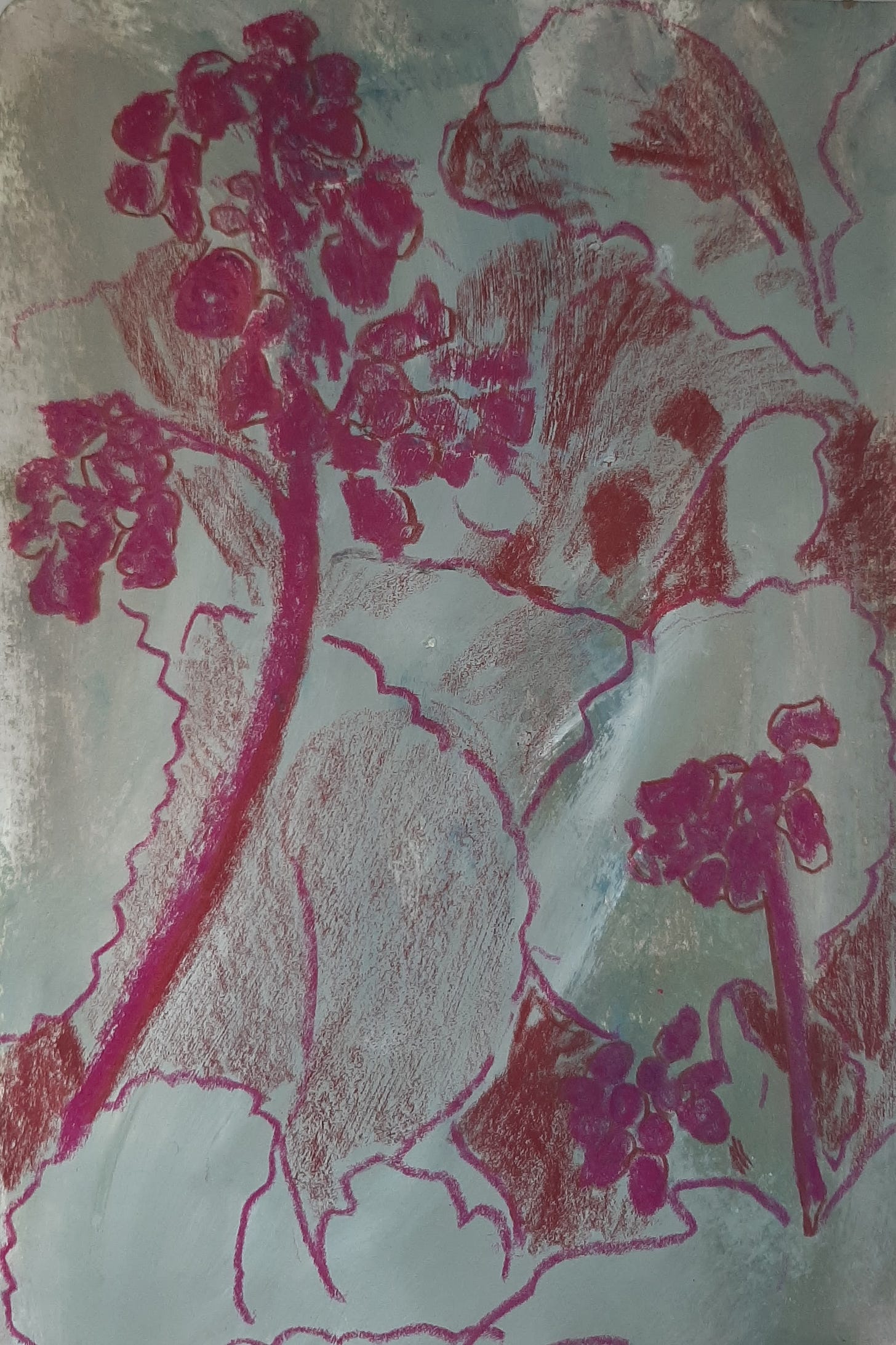This month, we're taking a break from the Things that Help Me Write series, and returning to checklists for revising story-writing. In post #004, I went through my checklist of line-edits. This post zooms out to scene-level edits. Naturally, you should do your scene-level edits (as discussed here) before you footle about with the individual words (as discussed there), but I’m more confident footling with words, so I wrote that newsletter first.
Whole-Book Things to Take Care Of
Eventually, I’ll work up the gumption to advise you on characterisation and plot, but for now, please take it that before you start editing any individual scenes in your story using the checklist below, you should have taken care of the whole-book things, including who your main character is, what they want, what they need, how they’re flawed and how the plot is generally going to challenge them to grow.

Scene Edits
I often end up writing a scene just because I think it would be an interesting or exciting thing to happen. But lots of those strung together don’t make a story, so here’s a checklist I try to keep in mind when writing, and use as a cross-check when I’ve finished a scene:
What does the protagonist want? I don’t know what I want half the time, so this is a tricky one. But also essential, otherwise the protagonist is just floating through the plot like a jellyfish, and no one really cares what becomes of them.
What do they do to achieve it? A development on the not-jellyfish point above. The protagonist has to take some initiative in a scene, and not just be done-to.
What’s the obstacle? There needs to be conflict. Something that challenges the protagonist, and forces them to act in accordance with a character flaw, or maybe in a new way.
What changes? Each scene should change things for the subsequent scene (you shouldn’t be able to play the scenes in any old order, like episodes of the Simpsons). One way of ensuring change that I find really helpful is the try-fail cycle:
Protagonist tries to do X. We sorted out the details of this in points 1 and 2.
Do they succeed?
No, and… Oh dear. Not only does the protagonist fail in their attempt, but something else goes wrong for them. I expect you’ve noticed this pattern when you’re having a bad day.
No, but… A glimmer of hope. They fail to get what they wanted, but something else turns up.
Yes, but… They do get what they want, but things aren’t allowed to go too well for them. Otherwise that’s the end of the book. Speaking of which:
Yes, and… Basically only allowed as your super-happy ending.
This has been a really brief run-through, and every point could be unpacked for pages, but I hope it’s useful to you as a quick cross-check.
Influences and Acknowledgements
I’ve mentioned Lou Kuenzler before. She’s big on COG (Character, Obstacle, Goal) and having your main character drive the action. Tim Clare’s podcast, Death of 1000 Cuts introduced me to the try-fail cycle. And for more on the big-picture plotting and characterisation stuff that I haven’t dared touch here, you could try Will Storr’s book The Science of Storytelling, which I was pleased to find available in the library.
News
I may have said it before, but this year I’ve decided to keep drawing and painting as an enjoyable side-line, so I’m not pursuing shows or sales. That means I haven’t got much in the way of news. As far as writing goes, I’ve just started researching my next novel, as I carry on working on the third draft of my first one. I’m having so much fun with the research: the possibility that Boudica was a druid, the Walbrook skulls, and general turn-of-the-millennium intrigue.
Community
I don’t write picture books, but I know some of you do, and I’m pretty sure that the checklist I’ve given here (in the context of a novel) would apply to much shorter forms. What do you think? Do you have other things you always check when revising your scenes?






Oh these are always so interesting Holly- I feel like I could drop COG into a conversation now! Will also try marker with fixitive 👌